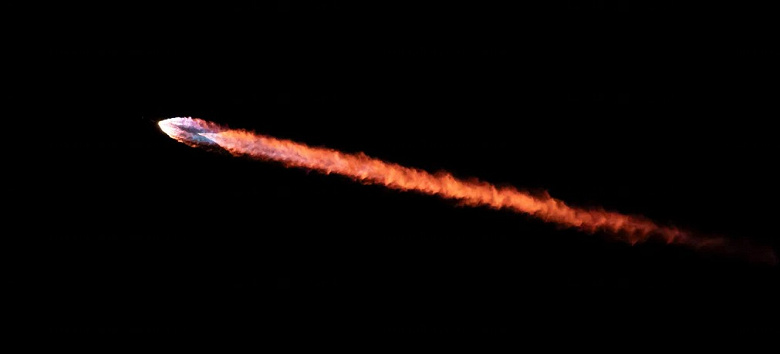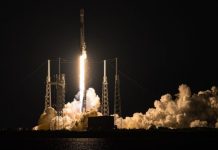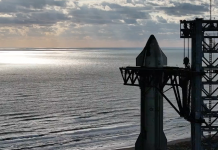SpaceX successfully launched 21 Starlink V2 minisatellites from Vandenberg Air Force Base, California
On October 9, SpaceX successfully launched 21 Starlink V2 minisatellites into low Earth orbit. The launch took place from SLC-4E at Vandenberg Air Force Base in California and was the company’s 71st mission this year, moving it closer to its goal of 100 launches by 2023.
SpaceX is gradually increasing the pace of launches, with Musk recently announcing plans to launch 10 missions per month by the end of the year.
The first stage of B1063-14 demonstrated a record of the 14th successful flight. Previously, she played a key role in missions such as the launch of NASA’s Sentinel-6 Michael Freilich satellite, NASA’s Dimorphos DART mission, 51 mini-exploration satellites on the Transporter 7 mission, the launch of Iridium OneWeb satellites, SDA-0B for the Space Agency US Development Authority (SDA), and now the launch of nine Starlink missions.

SpaceX launched 21 Starlink V2 minisatellites
Approximately 8 minutes after launch, the stage landed on the barge ‘Of Course I Still Love You’ in the Pacific Ocean. The first stages of the Falcon 9 rocket have landed 232 times, and used stages have been recovered and reused 204 times.
The 21 Starlink V2 minisatellites launched as part of this mission will operate in an orbit at an altitude of about 530 kilometers at an angle of 53° to the Earth’s equator. These satellites are designed to provide four times the bandwidth of their predecessors, further improving SpaceX’s position in the Internet service provider market.
The launch was the 25th for V2 minisatellites as part of the Starlink constellation. To date, SpaceX has launched a total of 5,243 Starlink satellites into orbit since 2019, of which approximately 4,884 are still operational.
The rapid expansion of Starlink’s satellite broadband network has allowed the company to serve more than 2 million customers in more than 60 countries and provide high-speed Internet access to previously inaccessible areas.




